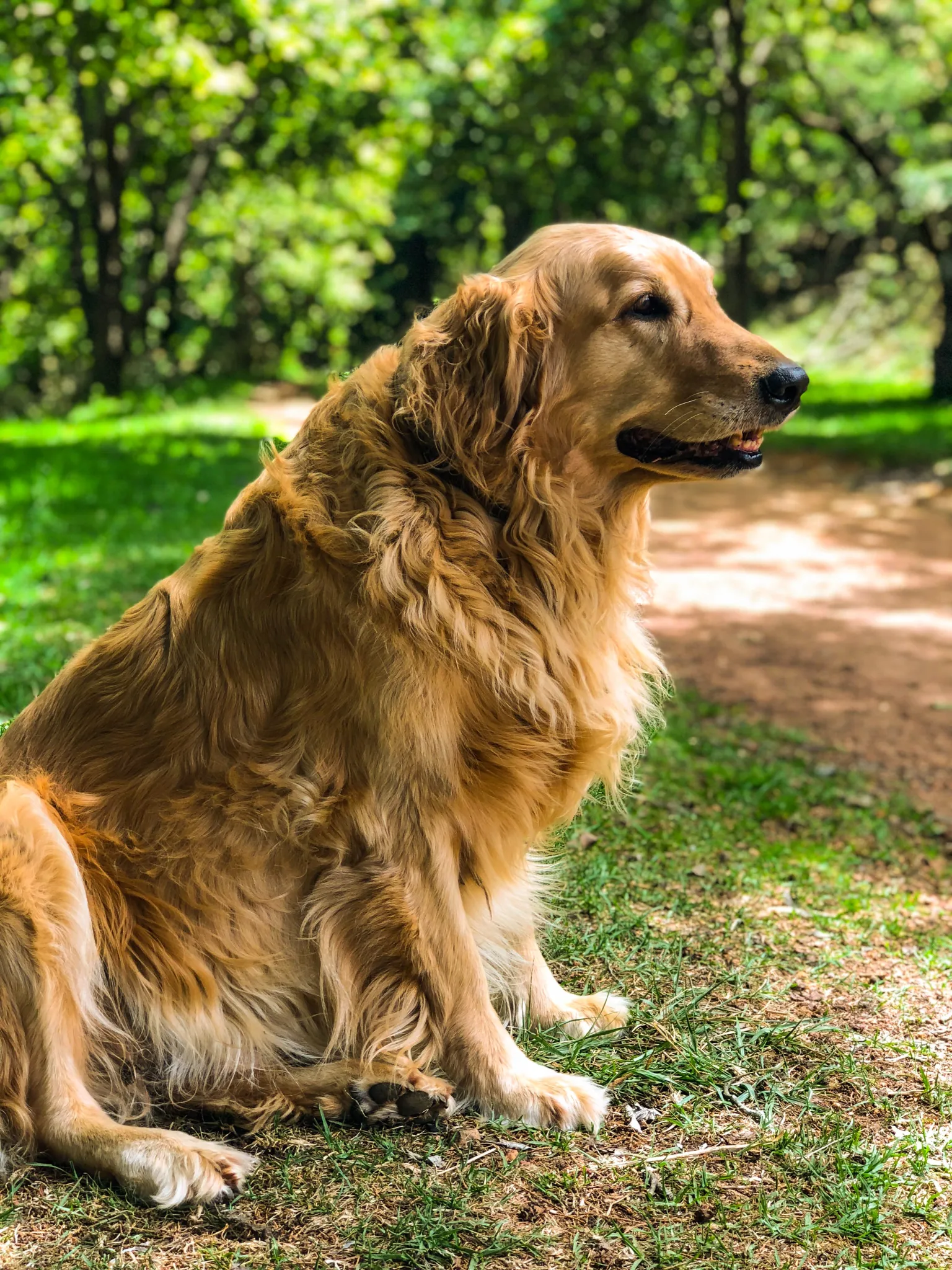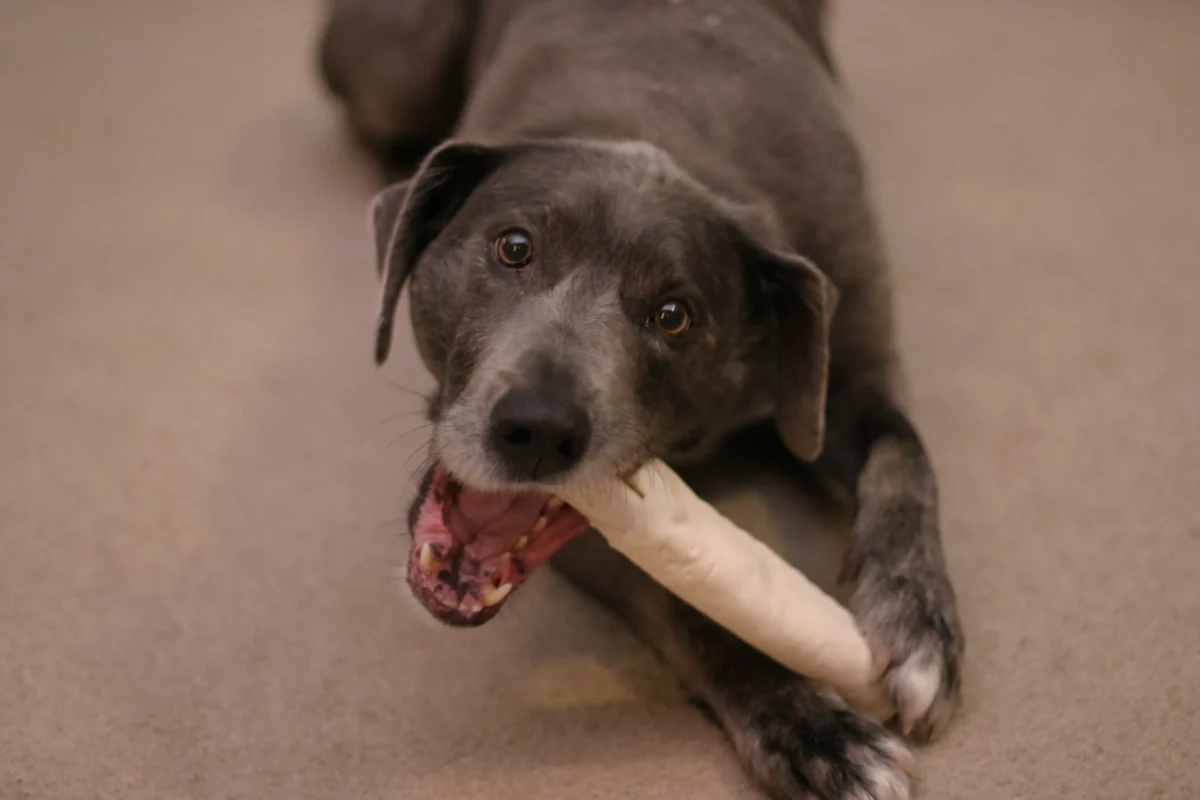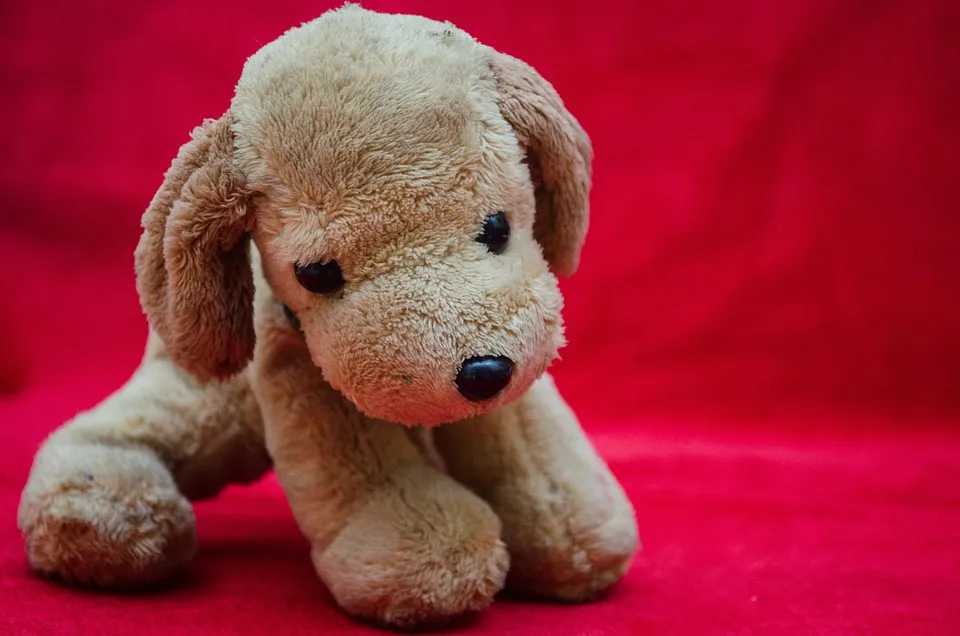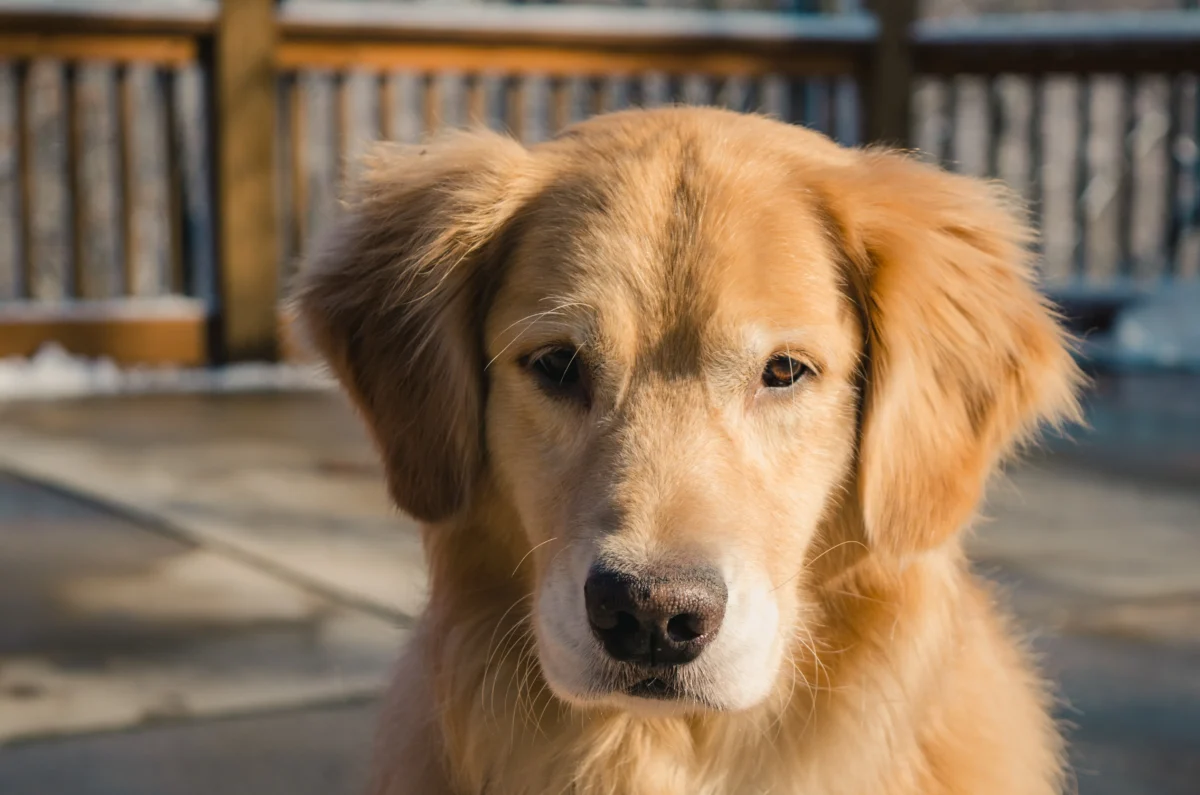If you’re looking for a friendly and loyal family dog, the flat-coated retriever may be the perfect breed for you. These dogs are known for their happy and outgoing personalities, making them a popular choice for families with children or other pets. In this article, we’ll explore the history and characteristics of the flat-coated retriever, as well as their temperament and personality, training and exercise needs, health and grooming requirements, and nutrition and care.
Flat-coated retrievers have a rich history as hunting dogs, originally bred in England in the mid-19th century for their ability to retrieve game from land or water. Today, these dogs are still used as hunting companions, but they are also beloved family pets. They are medium-sized dogs with a distinctive flat and shiny coat that comes in black or liver colors. Their tails are long and wagging, and they have a confident and friendly demeanor.
When it comes to training and exercise, flat-coated retrievers are intelligent and eager to please, making them relatively easy to train. They require daily exercise and mental stimulation to keep them happy and healthy, and they love activities like swimming, hiking, and playing fetch. With proper care and attention, flat-coated retrievers can live long and healthy lives.
Key Takeaways
- Flat-coated retrievers are friendly and loyal family dogs with a rich history as hunting companions.
- They have a distinctive flat and shiny coat and require daily exercise and mental stimulation to stay happy and healthy.
- With proper care and attention, flat-coated retrievers can make wonderful companions for families with children or other pets.
History and Characteristics
https://www.youtube.com/watch?v=qbJlRqeNpO0&embed=true
Flat Coated Retrievers have a rich history dating back to the mid-19th century. They were initially bred from a mix of Peter Pan, Setter, and other breeds, and were later crossed with the Labrador Retriever and Golden Retriever. This breed was developed to be a versatile hunting dog that could retrieve game from both land and water.
Flat Coated Retrievers are known for their friendly and upbeat temperament. They are affectionate dogs that love to be around people and are great with children. They are also energetic and playful, making them great companions for active families.
One of the most distinctive characteristics of Flat Coated Retrievers is their coat. They have a medium-length, smooth coat that comes in black or liver colors. Their coat is thick, dense, and waterproof, making them well-suited for hunting in wet environments. They also have feathering on their legs and tail, which adds to their elegant appearance.
Flat Coated Retrievers are medium to large-sized dogs, with males typically weighing between 60 and 80 pounds and females weighing between 55 and 75 pounds. They have a broad head, long and tapering muzzle, and a gentle expression that is characteristic of the breed.
In summary, Flat Coated Retrievers have a rich history and a friendly, upbeat temperament. They are versatile hunting dogs with a distinctive coat and elegant appearance. If you are looking for an affectionate and energetic companion, a Flat Coated Retriever may be the perfect dog for you.
Temperament and Personality
https://www.youtube.com/watch?v=oPjeKF6Nfho&embed=true
Flat-Coated Retrievers are known for their friendly and cheerful personalities. They are intelligent dogs that love to please their owners, making them easy to train. They are also very social and enjoy being around people and other animals. This makes them great family pets.
These dogs are known for being happy and mischievous. They have a playful spirit and love to be active. They are spirited dogs that enjoy running, swimming, and playing fetch. They are also very loyal and protective of their families.
Flat-Coated Retrievers are known for their outgoing and friendly personalities. They are great with children and other animals, making them a great addition to any family. They are also known for their mischievous behavior, which can be entertaining for their owners.
Overall, Flat-Coated Retrievers are spirited dogs that love to be active and social. They are friendly, intelligent, and cheerful dogs that make great family pets.
Training and Exercise
https://www.youtube.com/watch?v=CyZ3Mh_eAKQ&embed=true
Flat-Coated Retrievers are active dogs with high energy levels that require regular exercise and training to keep them happy and healthy. They are intelligent and trainable dogs that respond well to positive reinforcement.
To keep your Flat-Coated Retriever active, consider taking them on daily walks, runs, or hikes. These dogs also enjoy playing games such as fetch or participating in dog sports like agility or retrieving.
« Don’t Feed Your Golden Retrievers Store-Bought Food! Discover the Ultimate Homemade Meal Plan for Happy and Healthy Goldens
Lumps in Golden Retrievers: Understanding the Causes and Treatment Options »
When training your Flat-Coated Retriever, it’s important to use positive reinforcement techniques such as treats and praise. This will help to encourage good behavior and make the training process more enjoyable for both you and your dog.

To improve your dog’s retrieving skills, consider using a training dummy or toy. Start by tossing the toy a short distance and gradually increase the distance as your dog becomes more skilled.
In addition to physical exercise, mental stimulation is also important for Flat-Coated Retrievers. Consider providing your dog with puzzle toys or games that require problem-solving skills.
Overall, Flat-Coated Retrievers are active and trainable dogs that require regular exercise and mental stimulation. With positive reinforcement and regular training, your Flat-Coated Retriever can become a well-behaved and fun-loving companion for all your adventures.
Health and Grooming
https://www.youtube.com/watch?v=YKx6jYen6pY&embed=true
Taking care of your Flat Coated Retriever’s coat is essential to keep them healthy. Regular grooming is necessary to prevent mats and tangles from forming in their hair. Brushing their coat daily or every other day with a slicker brush can help remove any loose hair, dirt, and debris and keep their coat shiny and glossy. You can also use a comb to remove any mats that may have formed.
Bathing your Flat Coated Retriever is an important part of their grooming routine. You should bathe them every three months or as needed to keep their coat clean and smelling fresh. When bathing your dog, use a mild dog shampoo and avoid getting water in their ears. After bathing, dry them thoroughly with a towel and use a hairdryer on a low setting to avoid overheating.
Flat Coated Retrievers are prone to health problems such as hip dysplasia, bone cancer, and glaucoma. It is important to keep an eye out for any signs of redness, discharge, or discomfort in their eyes, ears, skin, or joints. If you notice any unusual symptoms, take them to the vet immediately. Some health problems may require surgery, so it is important to have regular check-ups with your vet.
Bloat is a life-threatening condition that can affect Flat Coated Retrievers. To prevent bloat, avoid feeding your dog large meals and instead feed them smaller meals throughout the day. Hereditary health problems such as gastric dilatation and luxating patellas can also affect Flat Coated Retrievers, so it is important to get them checked by a vet regularly.
Regular exercise and a healthy diet can help keep your Flat Coated Retriever healthy and prevent health problems. Providing them with a balanced diet that meets their nutritional needs can help prevent health problems such as cancer and ear infections. It is also important to provide them with plenty of exercise to keep them active and prevent obesity.
Nutrition and Care
https://www.youtube.com/watch?v=ZuZXowrPnCU&embed=true
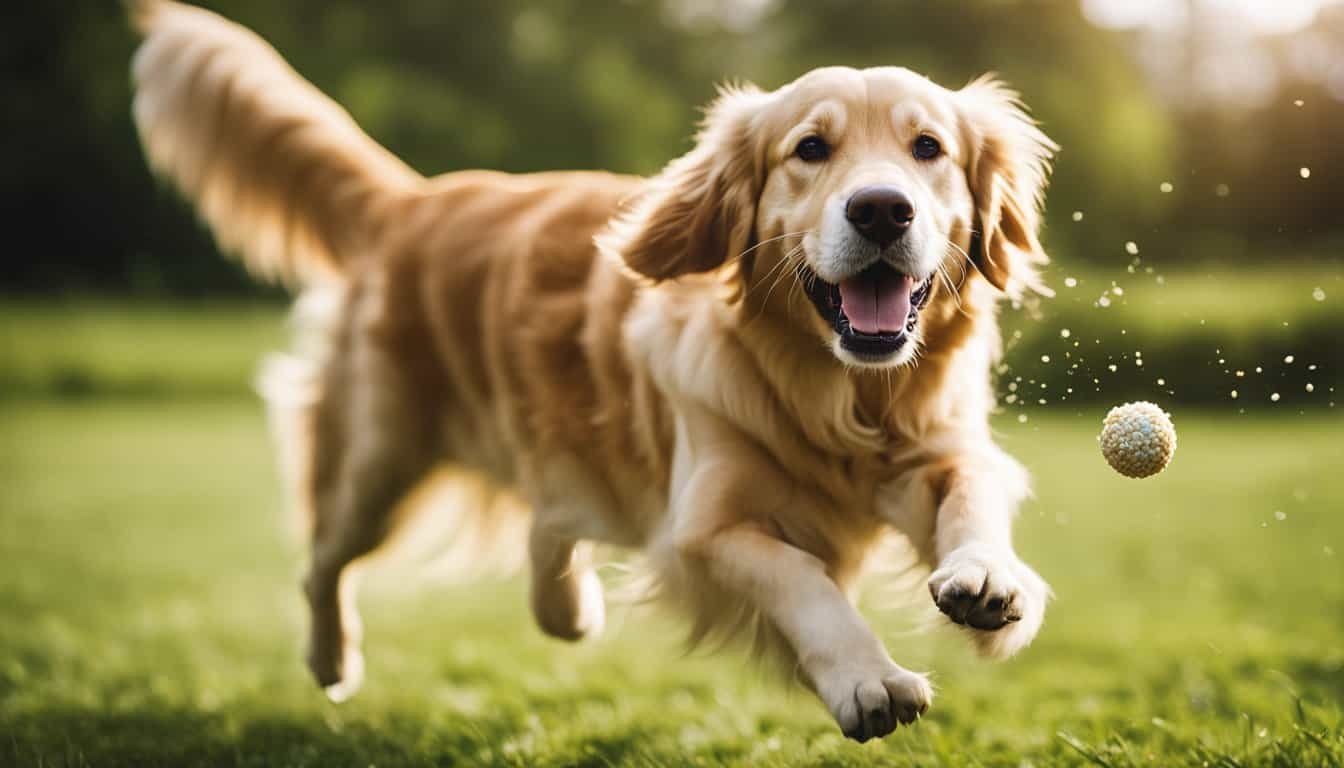
Flat-Coated Retrievers are a medium-sized breed that requires a well-balanced diet to maintain their health. You should feed your dog high-quality dog food that is appropriate for their age, weight, and activity level. It is recommended to feed them twice a day instead of one large meal to prevent bloat.
Since Flat-Coated Retrievers are active dogs, they require a diet that is high in protein and fat. You should look for dog food that has at least 18% protein and 5% fat for adult dogs. Puppies and senior dogs may require a different ratio of protein and fat, so consult with your veterinarian.
It is important to monitor your dog’s weight and adjust their diet accordingly. Obesity can lead to health problems such as joint pain, heart disease, and diabetes. You should provide your dog with plenty of exercise and playtime to help them maintain a healthy weight.
In addition to a balanced diet, Flat-Coated Retrievers require regular grooming and dental care. Their medium-length coat requires brushing at least once a week to prevent matting and shedding. You should also trim their nails and clean their ears regularly.
Socialization is important for Flat-Coated Retrievers, as they are friendly dogs that enjoy being around people and other dogs. You should expose your dog to different environments and people from a young age to prevent shyness or aggression.
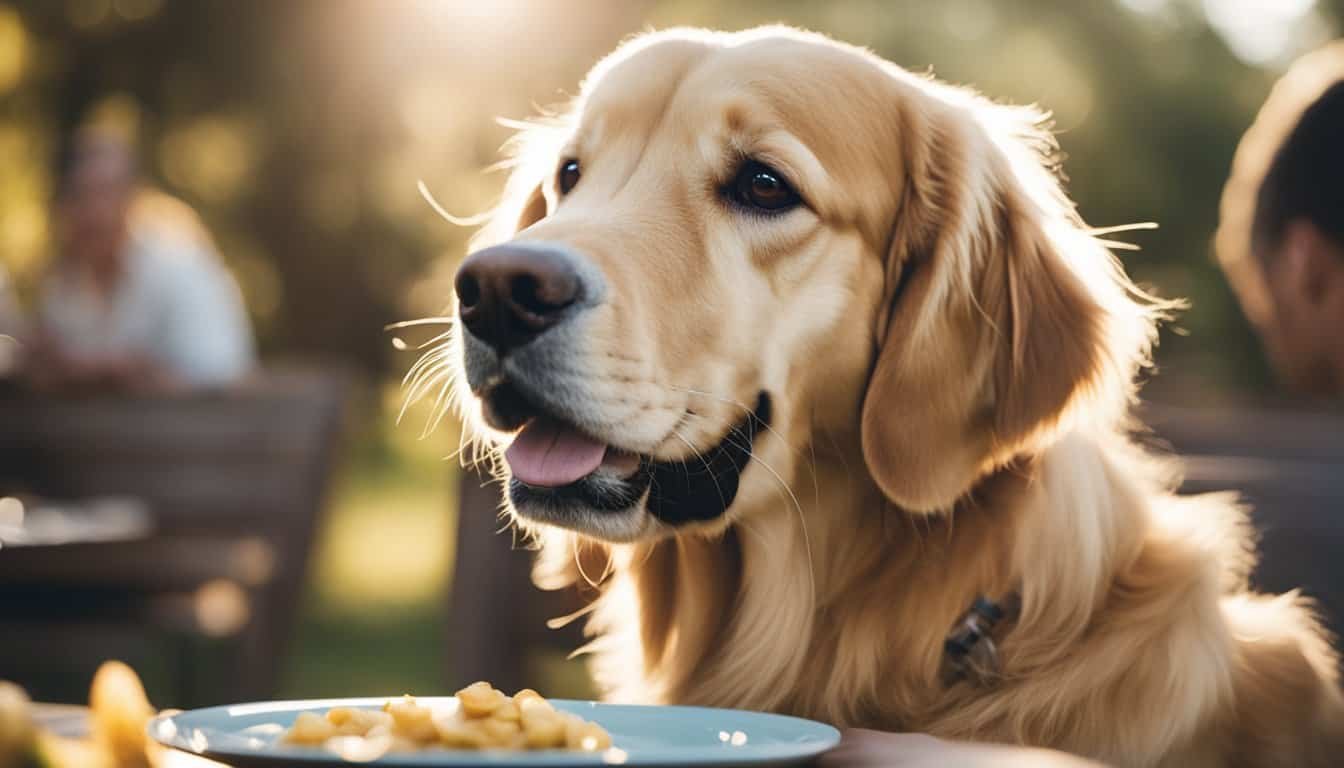
Flat-Coated Retrievers are active dogs that require regular exercise and playtime. They enjoy activities such as hiking, swimming, and playing fetch. However, they can adapt to apartment living as long as they receive enough exercise and attention.
Flat-Coated Retrievers have a life expectancy of 8 to 10 years. As they age, they may require a different diet and exercise routine to maintain their health. You should consult with your veterinarian to develop a plan for your dog’s senior years.
Frequently Asked Questions
https://www.youtube.com/watch?v=wfSIGdrwFSI&embed=true
What makes flat coated retrievers good pets?
Flat coated retrievers make excellent pets due to their friendly and affectionate nature. They are known for their loyalty and love for their families. They are also very intelligent and easy to train, making them a great choice for first-time dog owners. Flat coated retrievers are also very active and love to play, so they are perfect for families with children or other pets.
What are some common behavior issues with flat coated retrievers?
Flat coated retrievers are generally well-behaved dogs, but like any breed, they can develop certain behavior issues if not trained properly. Some common behavior issues include jumping on people, chewing on furniture or other objects, and excessive barking. However, with proper training and socialization, these issues can be easily corrected.
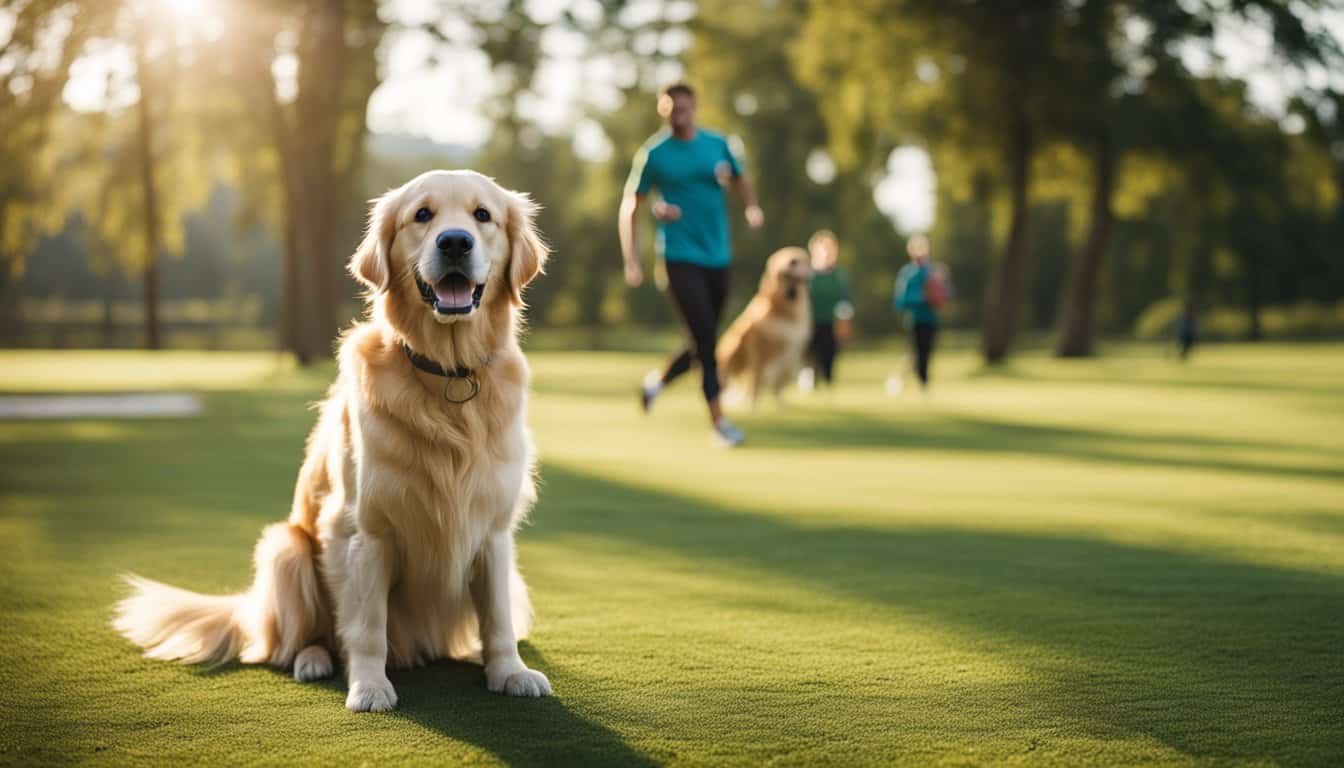
Do flat coated retrievers bark excessively?
Flat coated retrievers are not known for excessive barking. However, like any dog, they may bark to alert their owners of potential danger or when they are feeling anxious or stressed. With proper training and socialization, excessive barking can be minimized.
What are the differences between flat-coated retrievers and golden retrievers?
Flat coated retrievers and golden retrievers are both members of the retriever family and share many similarities. However, flat coated retrievers have a longer and leaner build, while golden retrievers have a more muscular build. Additionally, flat coated retrievers have a distinct black or liver-colored coat, while golden retrievers have a golden-colored coat.
What are the different colors of flat-coated retrievers?
Flat coated retrievers come in two colors: solid black and liver. Both colors can have small white markings on their chest and feet.
Where can I find flat coated retrievers for adoption or from breeders?
If you are interested in adopting a flat coated retriever, you can check with your local animal shelters or rescue organizations. You can also search online for flat coated retriever breeders in your area. When choosing a breeder, be sure to do your research and choose a reputable breeder who prioritizes the health and well-being of their dogs over profit.

